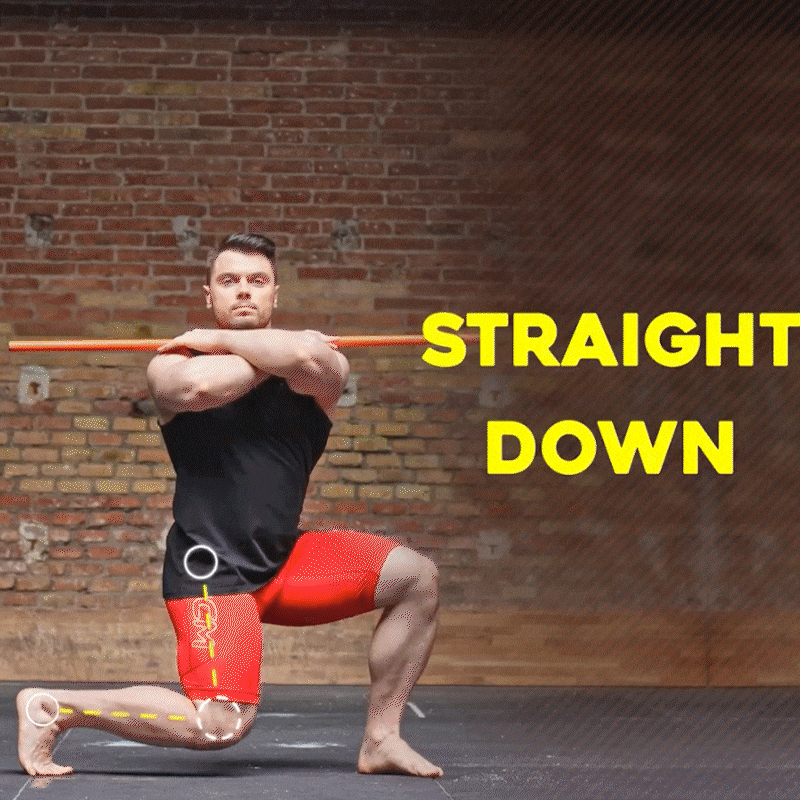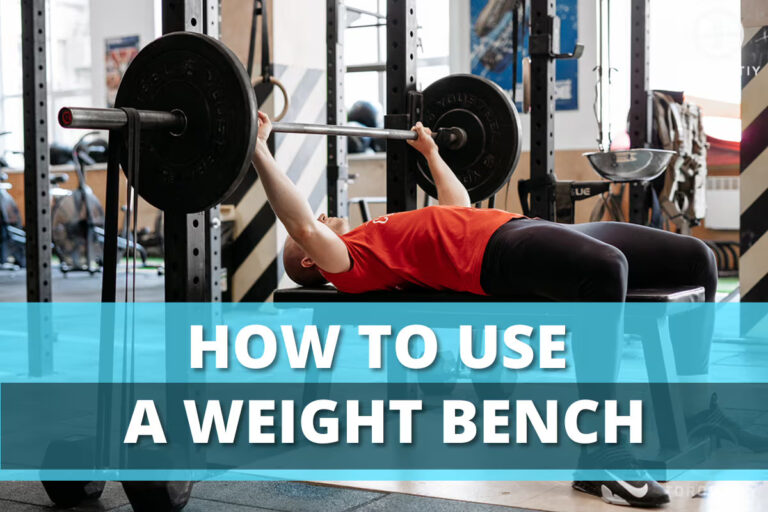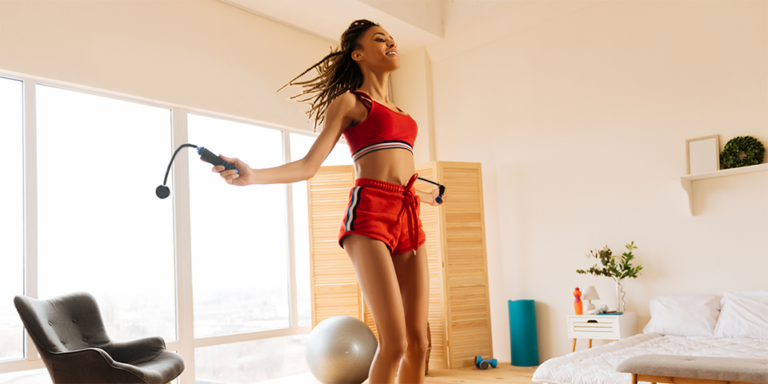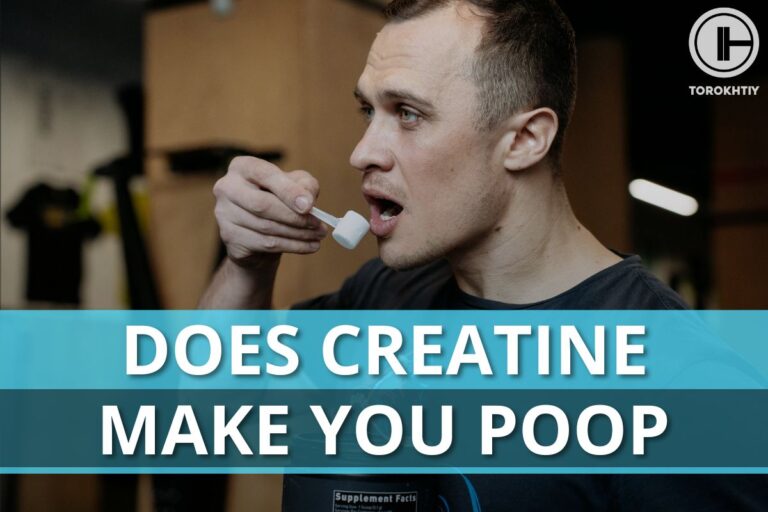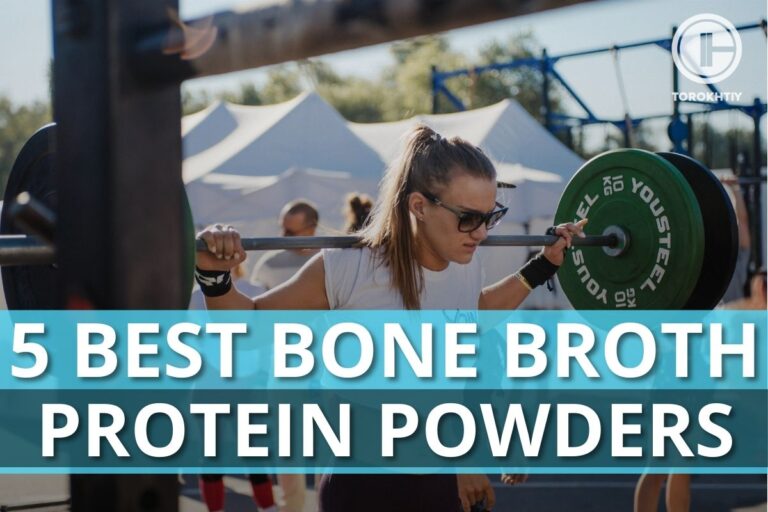7 Best Tricep Stretches Before & After Workout
Tricep stretches are disregarded most of the time, and there are very few people who are aware of how crucial they are for maintaining general fitness and avoiding injuries. These exercises not only aid in enhancing flexibility but also assist in easing muscle tension and enhancing circulation. On that note, let’s look at some tricep stretches that you may incorporate into your exercise program.
Tricep stretches are extremely essential for maintaining tricep flexibility and preventing arm injuries while exercising. They significantly lessen muscle tension and enhance blood circulation. You can get much better results from your arm workouts by learning how to stretch triceps before you put them to work in exercises.

Tricep Stretches: The Basics
Any stretching regimen must include tricep stretches. These stretching exercises are the ones that target the triceps brachii, the muscles at the back of your upper arms.
These muscles hold your shoulder joint stable while you move your arms and extend your arms at the elbow joint. Triceps stretching promotes flexibility in these muscles, which in turn lowers the chance of injury and raises your overall performance in workouts or any other tasks that require arm mobility.
If we were to give a few examples, then the overhead triceps stretch is one of the most well-known tricep stretches. With this one, you raise one arm overhead and bend the elbow so your hand hangs behind your head and touches your back.
Then, to feel the stretch in your tricep, gently pull your elbow toward your head with your other hand. To help you reach further and deepen the stretch, you can also use a strap or cloth while performing this stretch.
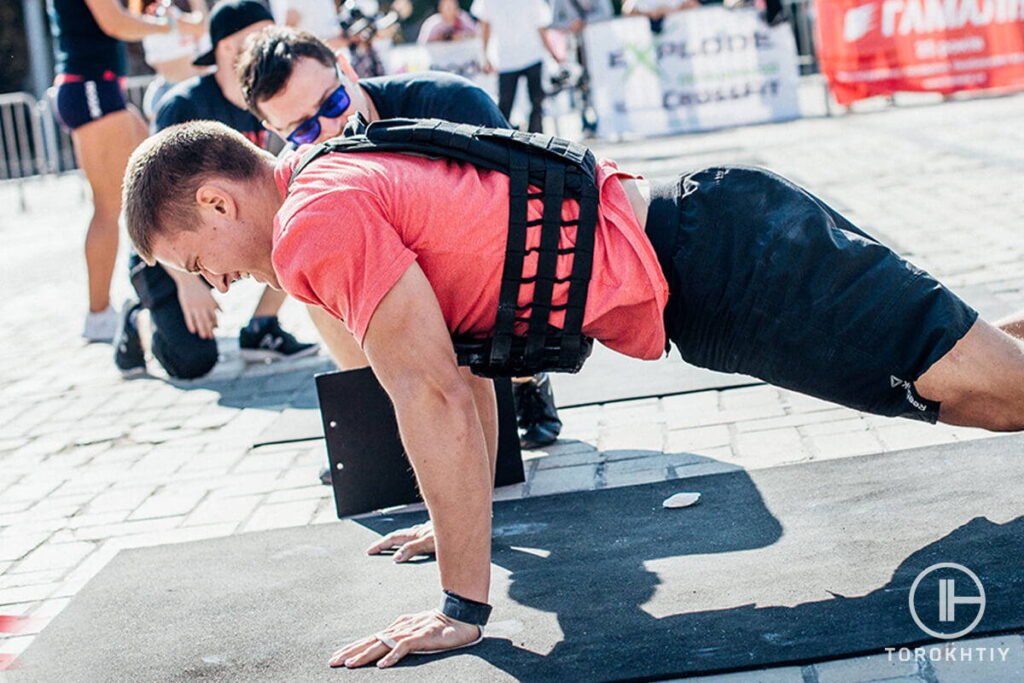
Regular stretching of the triceps helps ease stress and stiffness in the upper body, which is especially advantageous for those who spend a lot of time at a desk or engaging in repetitive arm motions.
Additionally, it can help increase the range of motion in your shoulders, which will improve your ability to throw and perform overhead movements in sports or in the gym.
The triceps cross-body stretch, tricep dips, and tricep pushdowns are a few more great tricep stretches to mention.
Here’s a pro tip: To make the most out of each stretch, hold each stretch for at least 20 to 30 seconds and repeat on both sides. You’ll maintain the strength and flexibility in your arm muscles and lower your chance of injury while also increasing your general fitness level. Overall, you’ll be able to perform better by incorporating tricep stretches into your daily workout program.
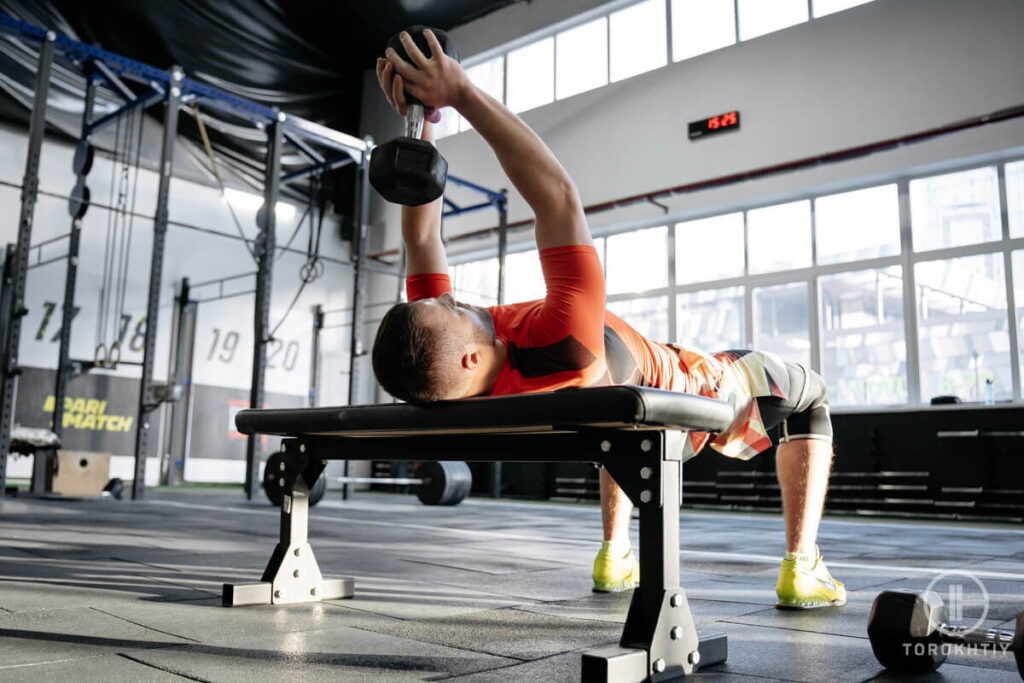
What Causes Tight Triceps?
Tight triceps are a very common issue that has a number of reasons behind it, and overusing the tricep muscles is probably the most common reason for having tight triceps.
This issue is persistent in people who particularly engage in repetitive arm motions like weightlifting or throwing sports. Overuse can cause muscle tightness and fatigue, which makes it challenging to carry out regular tasks that require arm mobility.
As mentioned, tight triceps can be caused by overuse, but they can also be caused by bad posture and lack of stretching. Long periods of time spent in front of a computer or at a desk can cause tightness in the upper body. Additionally, bad posture, such as slouching or hunching over a computer, can tighten the triceps and even lead to other serious problems.
Tight triceps can also be caused by anxiety and a stressful lifestyle. Our muscles tend to stiffen up during stress, which over time, can cause tightness and stiffness in them. In such cases, utilizing relaxation methods like yoga or meditation might help lower stress levels and ease triceps strain.
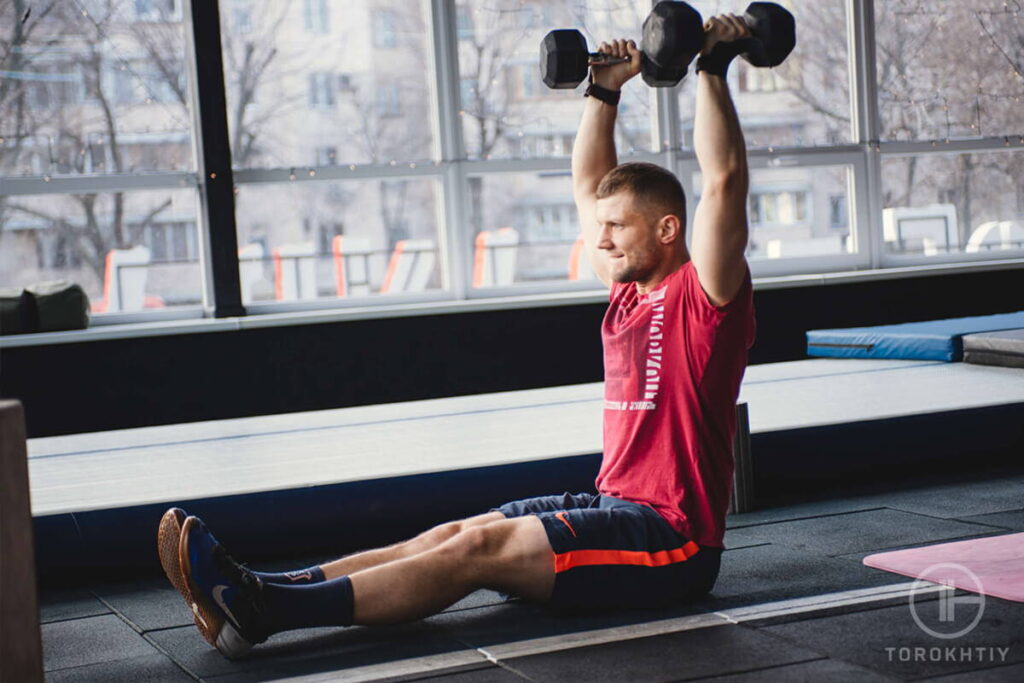
Tightness in the triceps can certainly be eased through stretching. Stretching on a regular basis helps ease muscle tension, increase circulation, and improve flexibility, and these are just a few of the best benefits.
In conclusion, there are numerous reasons behind somebody having tight triceps, including overuse, bad posture, tension, anxiety, and many more. The best way to combat this problem is with stretching exercises for the triceps. They will help you loosen up your muscles and increase flexibility, which lowers the chance of injury and improves performance all around.
🔻Full-Body Mobility Program
Mobility For Weightlifting is a 12-week training program for Olympic Weightlifting and other sports, designed for a total body mobility and flexibility development.
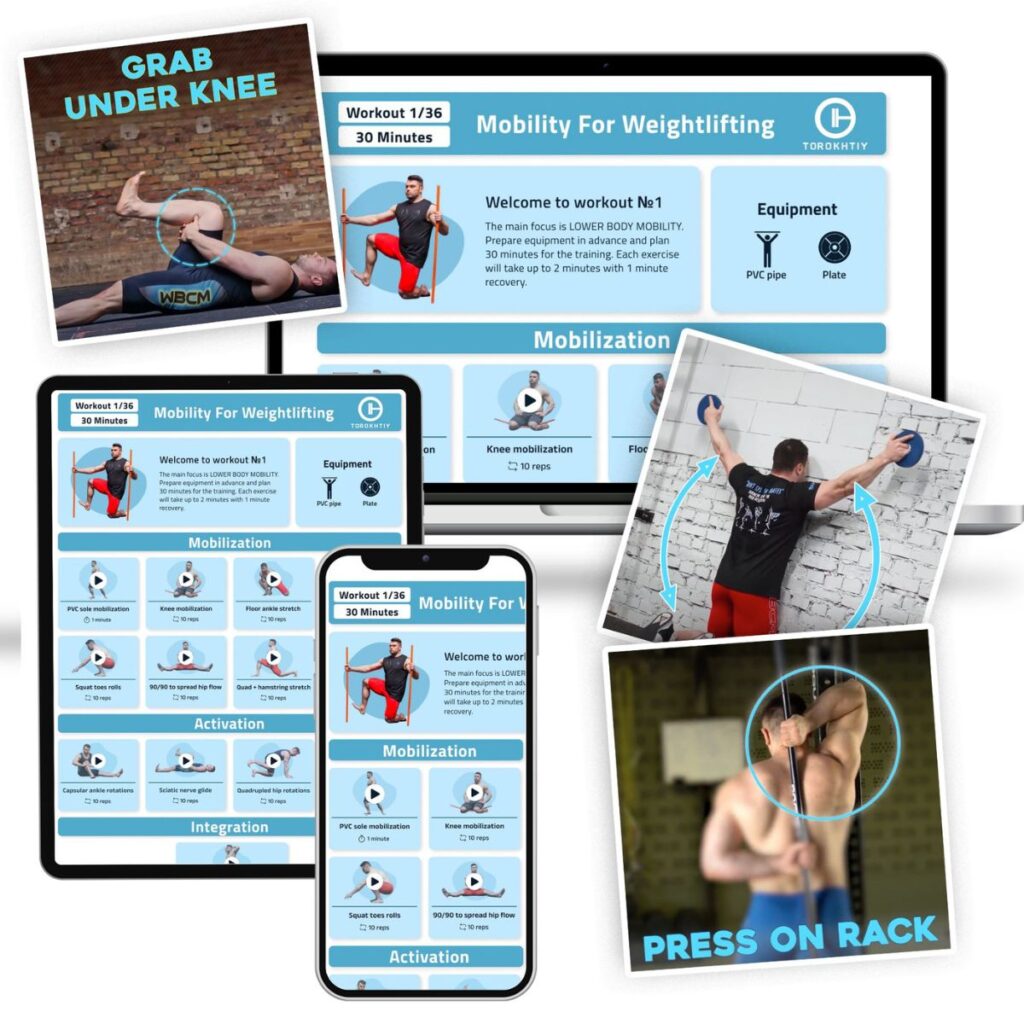
Good For:
1️⃣ Athletes of All Sports and Levels:
Increase your mobility and reach new PRs in lifting — whether you’re into Olympic lifting, Powerlifting, or Functional Fitness.
2️⃣ Those Who are Dealing with Pain:
Pain or other discomfort could be triggered by lack of joint mobility.
3️⃣ Coaches:
Learn new and help your athletes become better.
Reasons To Stretch Out Your Triceps
Up until this point, we have talked about what tricep stretches are, which arm muscles they target, and why they are tight. Let’s now take a look at some of the most important reasons for you to consider stretching your triceps.
Increased Flexibility
Any kind of stretching exercise has a positive impact on the flexibility of your muscles, so tricep stretches would have a similar impact on your triceps for sure. On the good side, it can increase the range of motion in the arms, and this can be especially helpful for athletes or others who engage in arm-intensive activities like weightlifting, throwing sports, or swimming.
Increased triceps flexibility can also increase upper body mobility and reduce the chance of injury when engaging in arm-related activities. Regularly including tricep stretching exercises in your workout routine will certainly help you become more flexible and enhance your capacity for perfect arm mobility.
Reduced Muscle Tension And Tightness
If there is stiffness in the muscle, the movement will shortly be restricted. Stretching it out will reduce the tightness and tension in the muscle, thus, improving the range of motion of the arm. It will also improve the comfort of your upper body and reduce injuries during workouts.
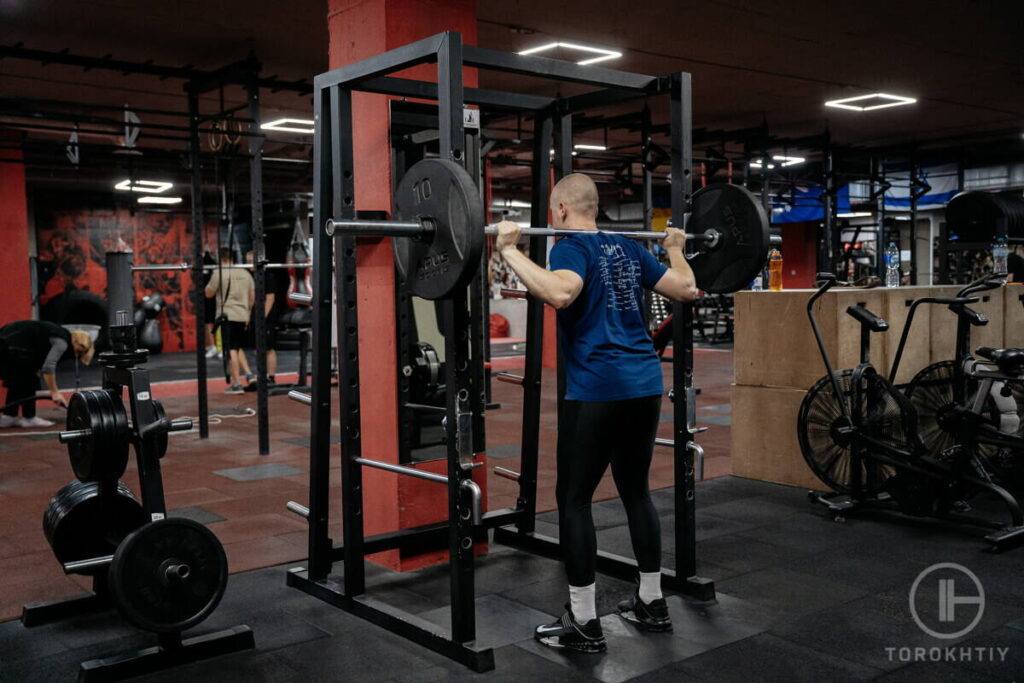
Improved Posture
The triceps are very important muscles, and they do help in maintaining good posture. Triceps that are tight would have a poor range of motion, and over time, it’s gonna make the muscles weak since you can’t train them properly.
On the other hand, when you have nice and strong tricep muscles, they’ll support the upper body in a better way by taking the load and not putting too much tension on your delts and your back when you stand upright. Tight triceps can contribute to bad posture, rounded shoulders, and a forward head position.
By encouraging a broader range of motion in the arms and shoulders, tricep stretching exercises can aid in improving posture by enabling a more upright posture. You can prevent postural imbalances and lower your chance of suffering from chronic discomfort or an injury connected to poor posture by including tricep stretches in your daily routine.
Increased Strength
Exercises for stretching the triceps can really help them become stronger, especially when done in conjunction with specific exercises for strengthening the triceps. Stretching can assist in preparing the triceps for more rigorous training by enhancing the range of motion, leading to increased muscle activation and higher performance. Stretching can also aid in avoiding overuse injuries and muscle imbalances, which can limit the amount of strength improvements. You can increase the strength and performance of your entire upper body by routinely stretching your triceps while doing strength training.
Improved Circulation
Stretching your triceps will improve the blood circulation to the muscles and also take care of the lactic acid buildup in those areas. Not only would it improve your workouts, but it has additional benefits for your general health as well.
For instance, a faster rate of recovery after exercise and better oxygen and nutrient delivery to the muscles can both be attributed to increased blood flow. Additionally, better circulation can aid in lowering the risk of heart disease and other illnesses. You may improve circulation and upper body health by including tricep stretching exercises on a regular basis in your program.
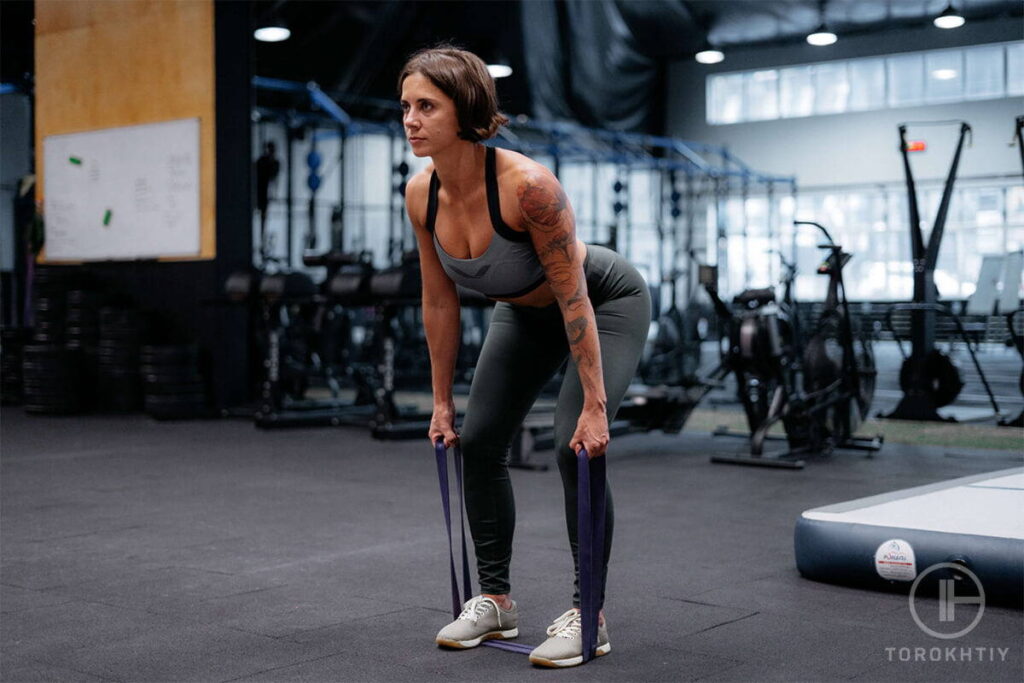
Improved Athletic Performance
Triceps stretch exercises can be especially helpful for athletes as they basically help them improve their athletic performance. To elaborate on that, they can increase the strength, flexibility, and mobility of the upper body.
Stretching your triceps will positively impact your performance in sports or activities requiring arm motions, such as swimming, tennis, or weightlifting, by encouraging an increased range of motion in the triceps. It will also speed up recovery from exercise and lessen muscular tiredness.
All in all, you’ll enhance your athletic performance and lower your chance of injury by including multiple triceps brachii stretch exercises into your regimen, which will enable you to train more productively and effectively.
Dynamic Vs. Static Tricep Stretches
There are two primary forms of tricep stretches: dynamic and static. While static stretching entails maintaining the muscle in a stretched posture for an extended amount of time, dynamic stretching requires moving the muscle through its whole range of motion.
Depending on your personal preferences and goals, you should choose the sort of stretching you should employ because each has advantages and disadvantages.
Dynamic Tricep Stretches
To warm up the muscles and get them ready for movements, dynamic tricep stretches require moving the triceps through their whole range of motion. In order to increase flexibility, range of motion, and blood flow to the muscles, these stretches are often performed prior to a workout or sporting event. A dynamic tricep stretch routine includes overhead arm claps, arm swings, and arm circles.
Positives:
Could be better:
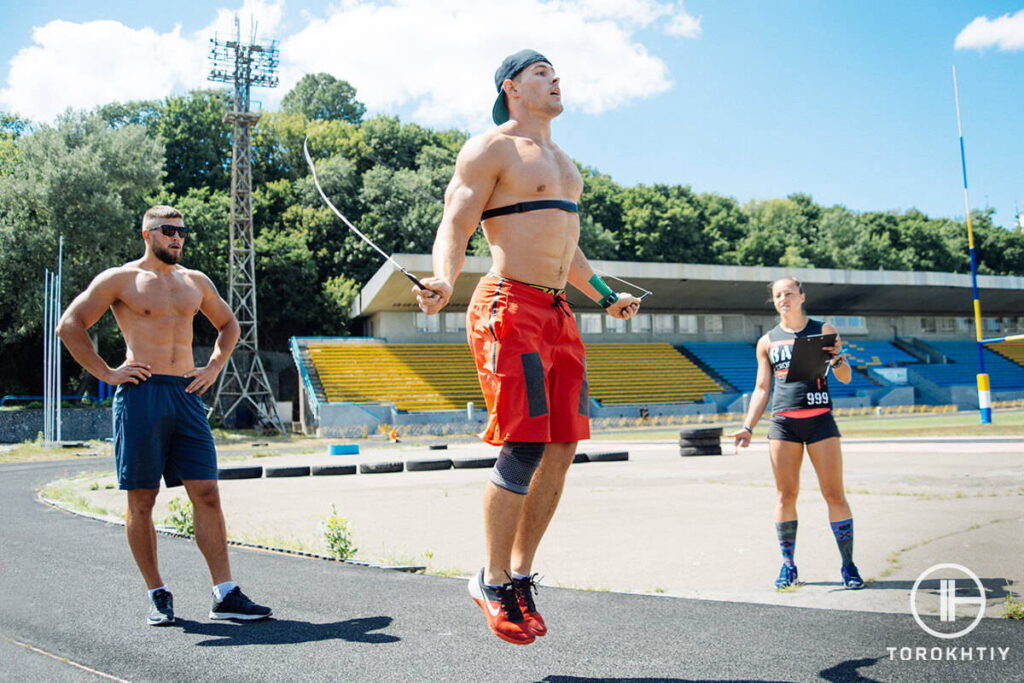
Dynamic Tricep Stretches
Holding the muscle in a stretched position for an extended amount of time—typically between 20 to 30 seconds—is the goal of static tricep stretches. These stretches, which are usually performed following a workout or athletic activity, are made to increase flexibility, range of motion and ease muscle tension. The overhead triceps stretch, the behind-the-back triceps stretch, and the doorway triceps stretch are a few examples of static tricep stretches.
Positives:
Could be better:
Overall, tricep stretches—both dynamic and static—can help with flexibility, range of motion, and easing tension in the muscles. The type of stretching you utilize will depend on your personal fitness goals.
Static stretching is typically advised after exercise to minimize muscle soreness and increase overall flexibility, although dynamic stretching may be more suited if you’re getting ready for the gym or a sporting event. To find out which stretching routine would work best for you, speak with a fitness trainer or a member of the medical profession.
🔻Test Your Mobility Before Starting the Program
Mobility is crucial because it directly impacts your performance, technique, and overall safety.
Complete 3 simple tests to evaluate your current mobility.
Our Program Includes:
- 📺 80 Videos for every exercise:
Unique movements, supported by detailed graphics and voice-over. - 📆 36 Workouts x 30 minutes each:
12-weeks plan can be used as standalone program or as a pre-/post-workout training. - 📊 Tests to track you progress:
Make simple tests in the beginning and after finish to elevate your result. - 🏋️♂️ Made by Olympian:
Designed by a Champion, under the guidance of PhD in sport science and physiotherapist. - 💲One-time payment:
No monthly or any other recurring payments. One payment, life-time usage.
Tricep Stretching Exercises For Peak Performance
Let’s take a look at some of the best stretches for triceps.
Overhead Triceps Stretch
The overhead triceps stretch helps develop upper arm flexibility and range of motion by working the triceps brachii muscle. Standing tall with your feet shoulder-width apart, raise one arm straight up above your head to do this stretch. Your hand should be able to touch the shoulder blade on the opposite side by bending your elbow. To extend your triceps, gently press your elbow back with your other hand.
Cross-Arm Triceps Stretch
This triceps stretch is yet another exercise that works well to loosen up and increase flexibility in the upper arms. Cross one arm in front of your chest while standing straight to complete this stretch. Gently press your elbow down with the other arm to extend your triceps.
Doorway Triceps Stretch
This dynamic triceps stretch targets the shoulders and triceps. Standing in a doorway with your elbows bent at 90-degree angles and your forearms resting on the door frame will allow you to accomplish this stretch. As soon as your triceps start to feel stretched, lean forward.
Standing Triceps Stretch
This dynamic triceps stretch can assist in increasing the upper arms’ flexibility and range of motion. Standing tall with your feet shoulder-width apart, raise one arm above to complete this stretch. As your hand descends your back, bend your elbow. To stretch your triceps, use the other hand to gently push your elbow back.
Behind-The-Head Triceps Stretch
The behind-the-head triceps stretch focuses on the shoulders and triceps. Start by standing tall and with your feet hip-width apart to do this stretch. Your palm should be on the middle of your back as you extend your right hand up and above your head. Put your left hand’s palm on your right elbow by raising it over your head. To flex your triceps, move your right elbow toward your left shoulder.
Triceps Foam Rolling Stretch
Stretching the triceps using a foam roller during this workout will increase flexibility. Place a foam roller under one arm and lay face down to complete this stretch. To hold the weight of your upper body, place the other hand on the ground. To stretch your triceps, roll the foam roller back and forth along the length of the muscle.
Seated Triceps Stretch
Triceps are the focus of the seated triceps stretch, which can be performed on the floor or in a chair. Place your hands on the ground behind you while maintaining a tall posture and flat feet on the floor. Slide your hands back until your triceps start to feel stretched. After 20 to 30 seconds, relax the stretch.
FAQ
What Causes Lack Of Tricep Mobility?
Numerous factors, such as muscular imbalances, overuse injuries, bad posture, or a lack of stretching triceps and mobility exercises, might contribute to the tricep’s restricted mobility. In some cases, underlying physical issues like arthritis or nerve damage may be to blame. This problem can be solved and treated with a customized treatment plan with the support of a healthcare expert or physical therapist.
Why Do I Have A Limited Range Of Motion In My Tricep?
There are many reasons why your triceps may not move as freely as they should. Muscle tightness or stiffness, which can result from inadequate stretching or overusing the muscle, is one major reason.
Other than that, injuries, inflammation, or nerve damage are further causes. For a proper diagnosis and a treatment plan that addresses your unique circumstances, speak with a medical expert or physical therapist.
How Long Does It Take To Get A Flexible Tricep?
Your present level of flexibility, how frequently you stretch, and how regularly you follow a stretching practice can all affect how long it takes to increase your triceps’ flexibility. With consistent stretching and mobility exercises, you can typically notice an increase in your flexibility within a few weeks to a couple of months. To avoid injuring the muscle, it’s crucial to advance gradually and refrain from overstretching or straining it.
Conclusion
All in all, stretching your triceps would help you get rid of muscle tightness and improve your workouts and arm mobility in the long run. Therefore, it’s best to stretch your muscles before and after your workout. If you have any additional tips to share on tricep stretches, do let us know in the comment section.
Also read:
- Elbow Mobility Exercises
- Upper Body Stretch
- Overhead Squat
- Shoulder Mobility Exercises
- Squat Stretches
- Trapezius Stretches
References:
- 4 Triceps Stretches for Tight Muscles // Healthline: https://www.healthline.com /health/exercise-fitness/ tricep-stretches
- What is Causing Your Triceps Pain? // Buoyhealth: https://www.buoyhealth.com /learn/tricep-pain
Why Trust Us?
With over 20 years in Olympic Weightlifting, our team does its best to provide the audience with ultimate support and meet the needs and requirements of advanced athletes and professional lifters, as well as people who strive to open new opportunities and develop their physical capabilities with us.
By trusting the recommendations of our certified experts in coaching, nutrition, dietology, and sports training programming, as well as scientific consultants, and physiotherapists, we provide you with thorough, well-considered, and scientifically proven content. All the information given in the articles concerning workout programming, separate exercises, and athletic performance, in general, is based on verified data. We ensure that you can rely on our professionals’ pieces of advice and recommendations that can be treated as personalized ones which will benefit you and fully meet your needs.
The product testing process is described in more detail here
Author: Zinaida Bondarenko
Coach, Physiotherapist
Physical rehabilitation experience: 10 years
Zinaida was a member of the national team of Ukraine in rhythmic gymnastics, accumulating 15 years of professional sports experience. She holds certifications in functional training, rehabilitation, kinesiotherapy, specializing in working with athletes across various domains: recovery, rehabilitation, functional and mobility training, General Physical Preparedness (GPP), as well as injury prevention through specific program design. Moreover, she focuses on athlete and coach education to enhance performance and prevent injuries.

